“Let us make man in our image, after our likeness. And let them have dominion . . . ” Thus, every reader of the Christian Scriptures is presented with this design and purpose framework to understand humanity. The Genesis account includes both the uniqueness—from other created things—and the commonality—in form and function—of all humans. Christian systematic theology grounds such an understanding of humanity in the imago Dei. “Yet,” says James Arcadi, Associate Professor of Biblical and Systematic theology at Trinity Evangelical Divinity School and one of the Henry Center’s 2021–2022 Resident Fellows, “there has not been a consensus in the history of biblical and theological reflection as to just what it means for humans to bear this status.”
Traditionally, interpretation has been divided into three categories: substantial, relational, and functional. Arcadi observes, “there is now a near consensus among biblical scholars that functional interpretationsArcadi has reservations about an overemphasis on royal or dominion overtones which may lead to unhelpful perspectives on the nature of creation itself. most aptly characterize the notion of the image of God.” In a recent journal article, he presents the case for a further subdivision of this recent consensus into “royal-functional” and “priestly-functional.” And while both may play a part in a comprehensive understanding of the divine image, Arcadi has reservations about an overemphasis on royal or dominion overtones which may lead to unhelpful perspectives on the nature of creation itself. “Overemphasis on the dominion connotation of the image of God has too often spilled over into domination—humans as authoritarian dictators over creation. This may be corrected by a renewed sense of the other side of the vocational coin: humanity as priests, explicated biblically and biologically.” In his project, “human flourishing depends not on the domination of creation, but on cooperation with creation and other humans to receive creation as from God and to offer creation back to God.” But does a priestly-function preclude a royal-function? Not exactly, but Arcadi’s hope is that a renewed, complementary view of the manner in which humans gratefully receive and offer the creation to God—a more priestly motif—might aid in preventing an overemphasis on the dominion connotation.
On Gratitude and Sacrifice
This is the point at which Arcadi’s project moves to a bridge of the philosophy of gratitude before landing upon the evolutionary biology shore. Drawing on the twentieth-century Orthodox theologian Alexander Schmemann, Arcadi follows “a biblical conception of humanity as priests [which] places humans at a unique location within God’s creation, a location whereby humans are to offer the creation back to God in grateful worship.” Beginning with a conceptual framework of Eden as a temple and Adam as a priest, Arcadi moves to the institution of the priesthood in Leviticus, sacrifices of thanksgiving, and links this to Eucharistic themes elsewhere in the biblical canon, further reinforcing the connection between sacrifice and gratitude. A Eucharistic focus has personal relevance for him:
“My doctoral training and first publications were on the doctrine of the Eucharist. Sometimes we forget that Eucharist basically means ‘giving thanks.’ In my tradition, we express our gratitude to God using the means God has given us to do so. We receive the gifts of God in bread and wine that are the body and blood of Christ. We then offer these gifts back to God who then gives them back to us, nourishing us for life here and now. I think more than just a weekly habit, this central act of Christian worship cuts straight to the heart of the meaning of human flourishing.”
As the Creation Project is uniquely interested in the intersection of science and theology, Arcadi uses this idea of gratitude, or even the emotion of gratitude, to dialogue with evolutionary biology. Noting that Martin Nowak has shown the science of natural selection to be driven by elements of altruism, reciprocity, and cooperation more than simple competition, Arcadi says, “communities, societies, and even individuals flourish when personal advantages are foregone or delayed—indeed, sacrificed—for the benefit of the group or an other.” This conceptualization of the nature of sacrifices will have implications for understanding human priestly vocation, he says: “The connection between altruism, reciprocity, and cooperation within evolutionary biology on the one hand and the experience of the gratitude triad on the other will provide an empirical underpinning to the notion of a sacrifice of thanksgiving.”
With the backdrop of a global pandemic, Arcadi finds a Christian doctrine of creation immensely comforting, but it has also led him to consider humanity’s place in God’s creation. “What we are here for and how we live in harmony with the world God has created is a perennially pressing issue,” Arcadi notes. And he views an interdisciplinary project engaging theology and contemporary analytic philosophy with a scientific approach to aid in answering these questions. “I hope that some of my ‘multi-lingual’ experiences in biblical studies, theology, history, and philosophy will be augmented by a scientific conversation partner to offer something that is indeed constructive and helpful, helping those in the church to better do what they were made to do.”
2021–2022 Henry Resident Fellows
 |
Christina Bieber Lake Clyde S. Kilby Professor of English, Wheaton College “Designed to Attend: Toward a Theology of the Literary Imagination” |
 |
Gijsbert van den Brink Research Chair for Theology & Science, Vrije Universiteit Amsterdam “Theological Anthropology in the Anthropocene” |
 |
James M. Arcadi Associate Professor of Systematic Theology, TEDS “The Priesthood of All Humanity” |
 |
Philip Woodward Assistant Professor of Philosophy, Niagara University “Human Persons: A Contemporary Philosophical-Scientific Synthesis” |
 |
Jon W. Thompson Postdoctoral Research Associate, The Faraday Institute for Science & Religion “Embodied Cognition, Hylomorphism, and the Resurrection of the Body” |
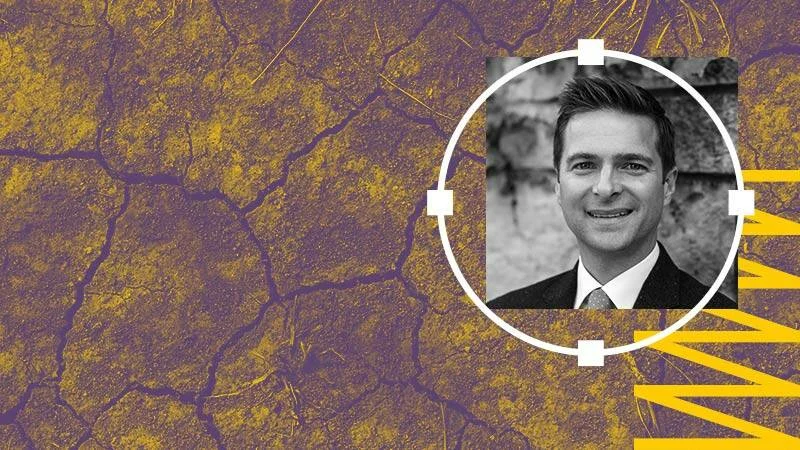
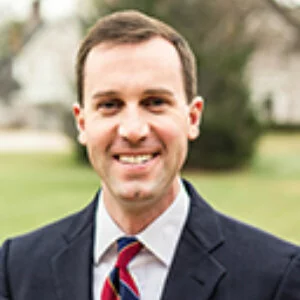
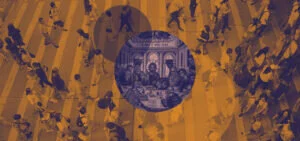
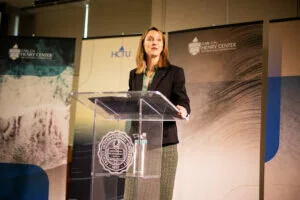
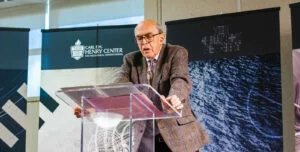

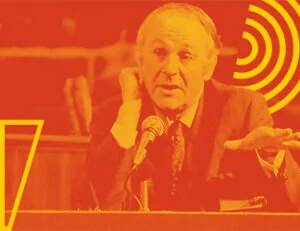
Comments
Be the first one to make a comment!